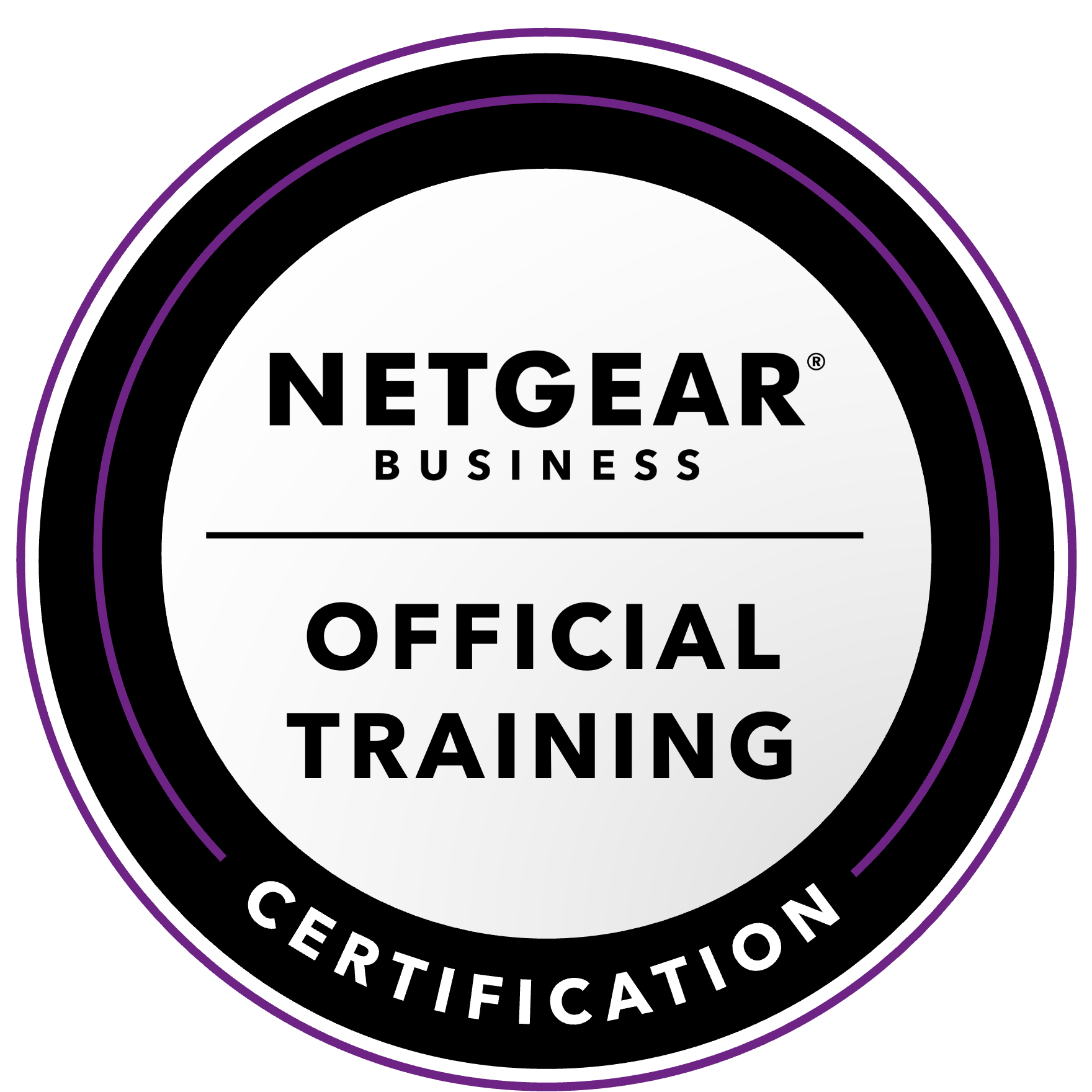NETGEAR is aware of a growing number of phone and online scams. To learn how to stay safe click here.
Forum Discussion
JTJT
Jan 09, 2020Aspirant
ReadyNAS Duo v1 NIC failure?
Hi there
I have a ReadyNAS Duo v1 with 2x2TB drives.
I have been unable to connect to it for a week or so.... and I have tried: -
- connecting it to 2 different routers and different ports on those routers
- direct connect from 2 different laptops using different network cables
No matter what I connect to, there are no connection lights on the NAS NIC and no connection lights on anything I plug it into.
Therefore, my assumption is that the NIC has failed.
This is not good as I only have a partial backup of the device and need some of the data.... yes, I know I am a **bleep**.... I don't need to be reminded of that.
I've managed to get hold of a working ReadyNAS Duo chassis, so my question is: -
What is the recommendation to gain access to my data again? These are the options I can think of: -
1. Mount the old drives in the new chassis, but will that even allow me to get access to the data? Or is there a specific process I should follow to do this?
2. Would it be better to take the NIC out of the working device and put it the old one?
Any help or other options would be greatly appreciated and if you need any more information, just let me know and I will provide.
Cheers
Jonathan
JTJT wrote:
Any help or other options would be greatly appreciated
Let's start with this. If you have a USB adapter/dock you can power down the NAS and connect disk 1 of the NAS to a Windows PC. Then use R-linux for Windows to offload the data. https://www.r-studio.com/free-linux-recovery/
JTJT wrote:
1. Mount the old drives in the new chassis, but will that even allow me to get access to the data? Or is there a specific process I should follow to do this?
If there is no damage to the RAID array on the disk this is possible. If the firmware on the "new" chassis isn't the same as what is installed on the disks, then the "new" system will install whatever firmware it is running onto the disks when you boot it up. It would be good to avoid this (or at least eliminate the possibility that you are downgrading firmware).
So the first thing to do is get a scratch disk (not from the array), install it in the new Duo, and let it set up. After that, install the same version of firmware that was on the "old" Duo. If you don't know the firmware, install 4.1.16.
Note that if the working Duo runs 5.x.x firmware or 4.2.x firmware, then it isn't a Duo v1, and it can't be used for recovery.
After installing the firmware, power down, remove the scratch disk, and put disk 2 of the array into slot 2. Power up using the boot menu to skip the volume check, as you don't want the system to attempt to repair any damage (as it could result in data loss). See pages 15-16 here: http://www.downloads.netgear.com/files/GDC/RND2110/Duov1_NV+v1_HW_en_06Dec11.pdf
I'm suggesting disk 2 because
(a) it preserves one of the disks for other possible recovery attempts
(b) RAID recovery software and R-linux for Windows have trouble with the Duo v1's "parity" disk - which is usually disk 2. So it's best to preserve disk 1.
JTJT wrote:
2. Would it be better to take the NIC out of the working device and put it the old one?
I wouldn't do that. If you find after data recovery that the "working" device isn't quite working, then you could try it I guess.
9 Replies
Replies have been turned off for this discussion
- StephenBGuru - Experienced User
JTJT wrote:
Any help or other options would be greatly appreciated
Let's start with this. If you have a USB adapter/dock you can power down the NAS and connect disk 1 of the NAS to a Windows PC. Then use R-linux for Windows to offload the data. https://www.r-studio.com/free-linux-recovery/
JTJT wrote:
1. Mount the old drives in the new chassis, but will that even allow me to get access to the data? Or is there a specific process I should follow to do this?
If there is no damage to the RAID array on the disk this is possible. If the firmware on the "new" chassis isn't the same as what is installed on the disks, then the "new" system will install whatever firmware it is running onto the disks when you boot it up. It would be good to avoid this (or at least eliminate the possibility that you are downgrading firmware).
So the first thing to do is get a scratch disk (not from the array), install it in the new Duo, and let it set up. After that, install the same version of firmware that was on the "old" Duo. If you don't know the firmware, install 4.1.16.
Note that if the working Duo runs 5.x.x firmware or 4.2.x firmware, then it isn't a Duo v1, and it can't be used for recovery.
After installing the firmware, power down, remove the scratch disk, and put disk 2 of the array into slot 2. Power up using the boot menu to skip the volume check, as you don't want the system to attempt to repair any damage (as it could result in data loss). See pages 15-16 here: http://www.downloads.netgear.com/files/GDC/RND2110/Duov1_NV+v1_HW_en_06Dec11.pdf
I'm suggesting disk 2 because
(a) it preserves one of the disks for other possible recovery attempts
(b) RAID recovery software and R-linux for Windows have trouble with the Duo v1's "parity" disk - which is usually disk 2. So it's best to preserve disk 1.
JTJT wrote:
2. Would it be better to take the NIC out of the working device and put it the old one?
I wouldn't do that. If you find after data recovery that the "working" device isn't quite working, then you could try it I guess.
- JTJTAspirant
Hi StephenB
Thanks very much for your detailed response. Unfortunately, I don't have a USB adaptor for the disks and not sure what I would be looking for to get one :(
For your second option, I don't know the firmware version on the old system, so I guess I would need to try to upgrade new one to v4.1.16 as you suggest, although it is just being delivered to me, so I guess I could check firmware version when I get it?.... but what if I don't have a 'scratch disk'? Is there any way to update the chassis without one?
When I spoke to Netgear support, they said that I could just plug the old disks into a duplicate chassis and they would work, I am guessing from what you explained that won't work....
Thanks very much in advance for your help
Jonathan
- SandsharkSensei
JTJT wrote:Hi StephenB
I guess I could check firmware version when I get it?.... but what if I don't have a 'scratch disk'? Is there any way to update the chassis without one?
When I spoke to Netgear support, they said that I could just plug the old disks into a duplicate chassis and they would work, I am guessing from what you explained that won't work....
You cannot check or update the OS version without putting in a scratch drive. It can be any old, small, SATA drive containing no data you need to retain.
If the replacement NAS has really old firmware, then just putting in the drives has risk. Unlike an OS6 NAS, where "the newest version wins" (in flash vs. on drives), the flash version always wins on older NAS. And there are certain steps in the OS update process that should never be downgraded, which will happen if the flash image is older. By putting the newest OS in the replacement chassis, you are insuring that the OS on your drives will stay the same (if they are the same already), or update (which should be safe if the volume is intact).
- SandsharkSensei
JTJT wrote:2. Would it be better to take the NIC out of the working device and put it the old one?
While the connector a a few passive components are on the daughterboard, the tranceiver is on the main board, and it's your most likely culpret. So, there is little point in even trying unless you find that the new NAS has a problem. The entire OS is on the drives, so there is nothing you need to "save" from the old chassis.
Related Content
NETGEAR Academy

Boost your skills with the Netgear Academy - Get trained, certified and stay ahead with the latest Netgear technology!
Join Us!
